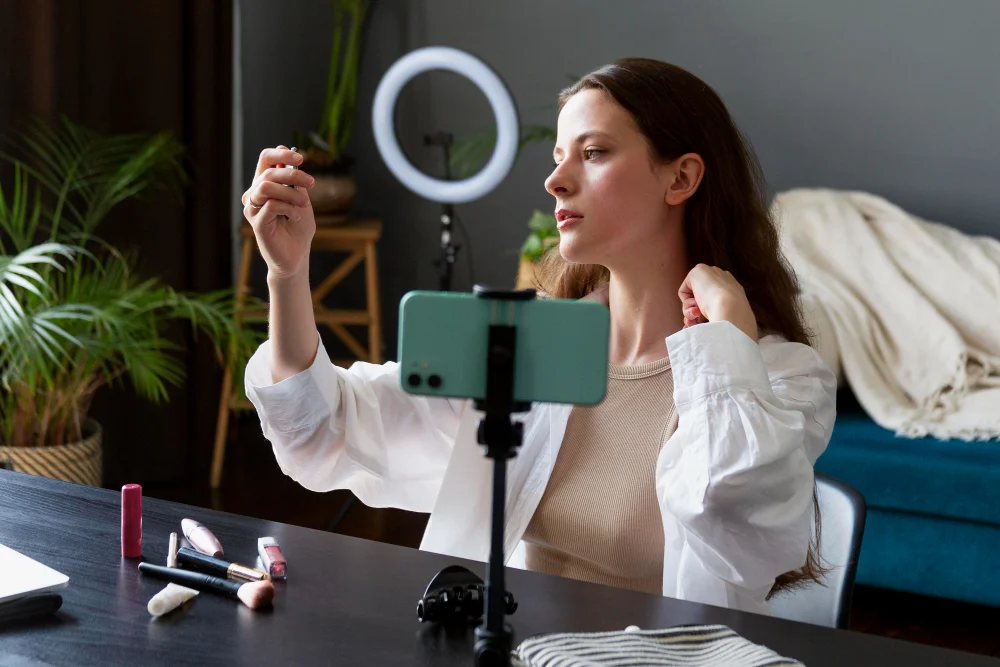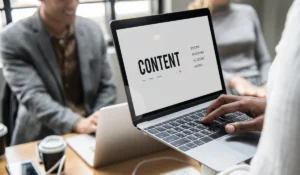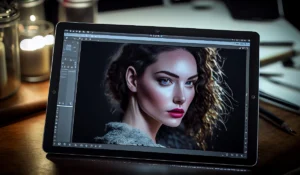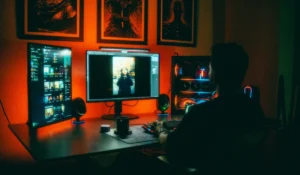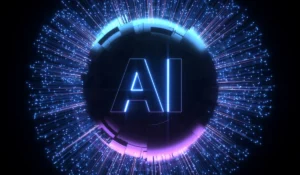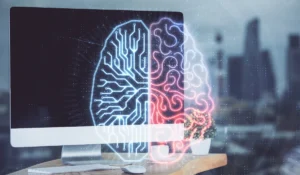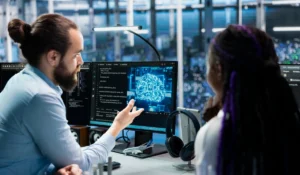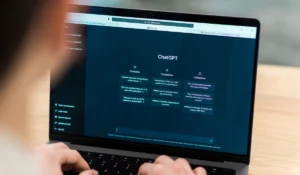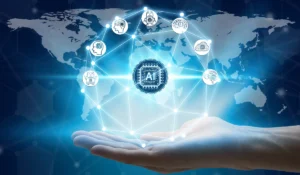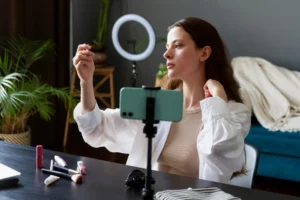In today’s fast-paced digital world, influencers are no longer just content creators they are full-fledged brands. Managing everything from ideation to analytics can be overwhelming, but that’s where AI tools for influencers come in.
These intelligent platforms streamline daily tasks, enhance creativity, and allow influencers to focus more on storytelling rather than repetitive work.
AI has become a powerful partner for modern influencers, helping them write captions, edit videos, generate visuals, and even predict audience engagement. This article explores how influencers can use AI efficiently to grow their personal brand, create unique content, and maintain authenticity while scaling faster.
Why Influencers Need AI: AI Tools for Influencers
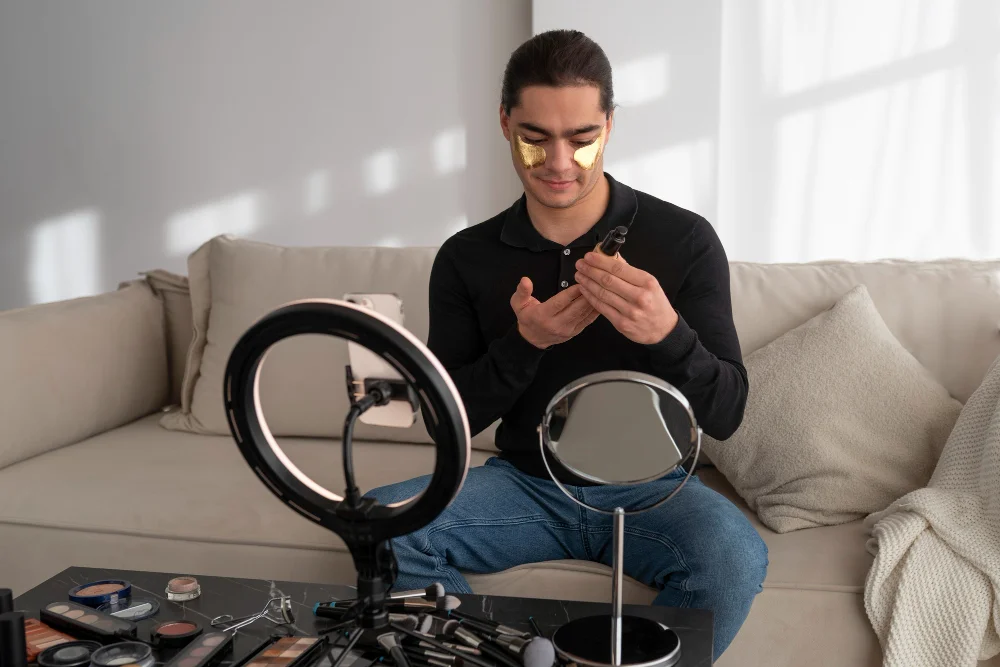
The influencer industry has grown beyond selfies and hashtags; it’s now a competitive business where strategy and speed matter. AI tools give influencers a major advantage by optimizing performance and saving time.
Artificial intelligence helps influencers make data-driven decisions, ensuring every post, story, and campaign aligns with audience preferences. Whether you’re a fashion blogger, travel vlogger, or tech reviewer, using AI in your workflow can simplify complex tasks and unlock new creative potential.
Benefits include:
- Enhanced productivity through automation
- Better engagement through data analysis
- Consistent content posting and planning
- Improved video and photo editing quality
- Smart caption and hashtag generation
By leveraging AI, influencers can focus on what matters most: building genuine relationships with followers and delivering meaningful content.
Top AI Tools That Transform Influencer Marketing
With so many platforms emerging, choosing the right AI tools can be tricky. Here are some of the most effective ones tailored for influencers.
1. ChatGPT and Jasper AI (for Content Writing)
These AI writing assistants help influencers create captions, blog posts, video scripts, and responses in seconds. They’re ideal for generating fresh ideas or refining your brand’s tone.
2. Canva Magic Studio
Canva’s AI-powered features allow you to design posts, reels, and thumbnails quickly. It suggests layouts, removes backgrounds, and auto-generates visuals aligned with your niche.
3. Lumen5 and Pictory
For video creators, these tools transform text into professional videos. They’re perfect for YouTube intros, Instagram reels, and storytelling formats.
4. Predis.ai and Copy.ai
These all-in-one social tools generate captions, visuals, and schedule posts. Influencers use them to maintain consistent posting schedules without burnout.
5. Hootsuite and Later with AI Features
AI-powered scheduling tools like Hootsuite predict optimal posting times based on audience engagement, helping creators reach their audience when it matters most.
How to Integrate AI Tools into Your Daily Workflow
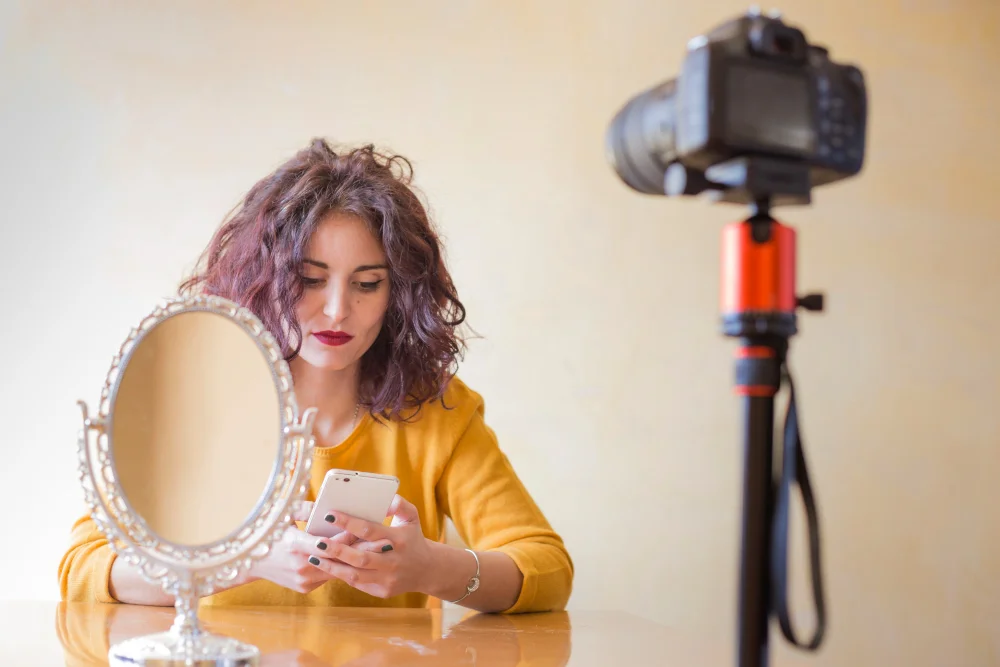
Many influencers struggle with how to fit AI into their routine without losing authenticity. The secret is to let AI handle repetitive work while you focus on personal storytelling.
Here’s a simple AI-powered influencer workflow:
- Plan Content: Use ChatGPT or Jasper to brainstorm themes for upcoming posts.
- Create Visuals: Design images or videos using Canva Magic Studio or Lumen5.
- Optimize Copy: Ask AI to generate catchy headlines and hashtags.
- Schedule Posts: Automate posting with Hootsuite or Predis.ai.
- Analyze Data: Use analytics tools to track what performs best.
Analytics and Insights AI Tools for Influencers
Knowing what works and what doesn’t is crucial. AI analytics tools help influencers track performance, engagement, and trends automatically.
AI-driven analytics platforms like Brandwatch, Iconosquare, and Emplifi identify your best-performing posts and suggest improvements for future content. For visual content creation, you can also explore a free AI photo generator to enhance your posts. These tools can further track competitor performance and audience sentiment.
AI Tools for Visual and Video Creation
Visual storytelling is the backbone of influencer marketing, and AI takes it to the next level. Tools like Runway ML, Synthesia, and Pictory help influencers create studio-quality videos without expensive equipment or editing skills.
AI-generated visuals can enhance your brand identity while saving hours in post-production. For example, AI can suggest filters, add background music, or automatically crop scenes to match platform dimensions.
Recommended Visual AI Tools for Influencers
- Runway ML: For AI-based video editing and animation.
- Synthesia: To create AI avatars for explainer or product videos.
- Remini: For improving image clarity and enhancing older photos.
- Pictory: Converts scripts or blogs into short videos automatically.
These platforms help influencers produce content faster and with higher quality, which is essential for formats like YouTube Shorts, TikTok, and Instagram Reels.
How AI Supports Brand Collaboration
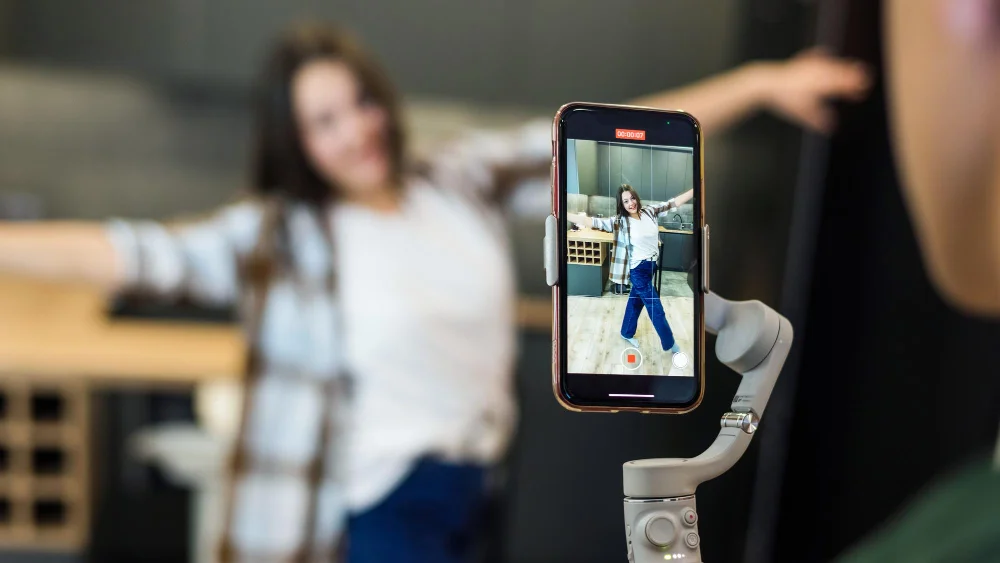
Collaboration is the heart of influencer marketing, and AI makes it easier. Many AI-based influencer platforms, such as Upfluence, Modash, and CreatorIQ, automatically connect brands with suitable influencers.
AI analyzes niche relevance, engagement rates, and audience demographics, ensuring brands and influencers align perfectly. This saves both sides time and ensures more authentic partnerships.
Influencers can also use AI chatbots to handle partnership inquiries, negotiate collaborations, and maintain communication efficiency without appearing robotic.
Avoiding Common AI Mistakes
While AI is a powerful tool, it’s easy to misuse. Overreliance can make content feel unnatural or repetitive. Successful influencers understand where to draw the line.
To avoid common mistakes:
- Don’t post AI-generated captions without editing them.
- Avoid generic visuals that look too artificial.
- Never ignore your audience’s feedback, personalise constantly.
- Use AI as an assistant, not a replacement for creativity.
Maintaining your human touch ensures that AI amplifies your brand instead of diluting it.
Future of AI Tools for Influencer Marketing
The future holds exciting possibilities. Virtual influencers, AI-driven storytelling, and predictive analytics will reshape how influence works. Tools will become more intuitive, allowing creators to simulate real-time audience reactions before posting.
Soon, AI may even suggest personalized content ideas based on emotions detected in comments. The line between human and machine creativity will blur, giving rise to hybrid influencer identities, partly human, partly AI-generated.
By staying updated and adapting early, influencers can secure a strong place in this evolving digital landscape.
Conclusion: AI Tools for Influencers
The rise of AI tools for influencers marks a new chapter in digital creativity. These tools simplify work, boost engagement, and make influencer marketing more strategic. From writing captions to analyzing performance, AI enhances every stage of the content journey.
The secret to success lies in balance: let AI handle the heavy lifting while you maintain the authenticity that builds trust. Influencers who master this balance will not only save time but also dominate the next era of social media growth.

